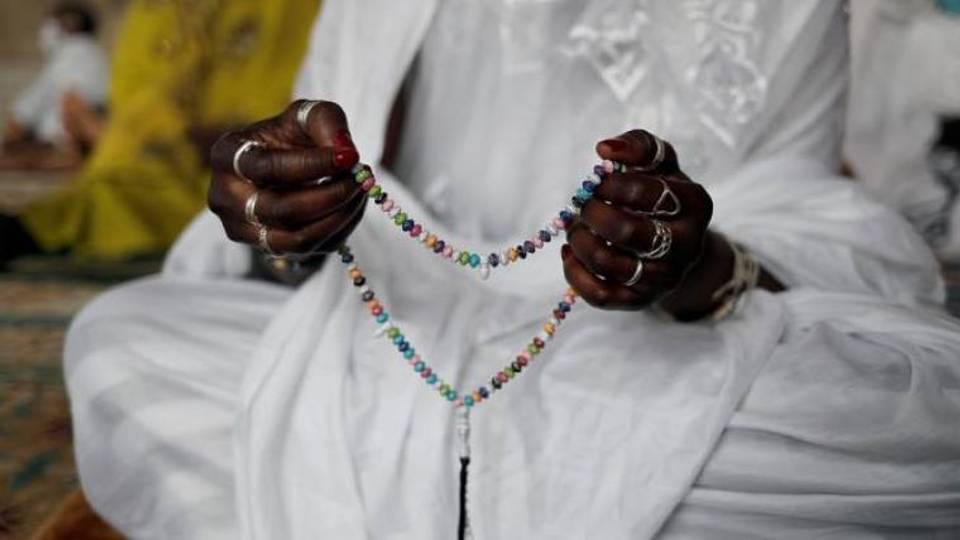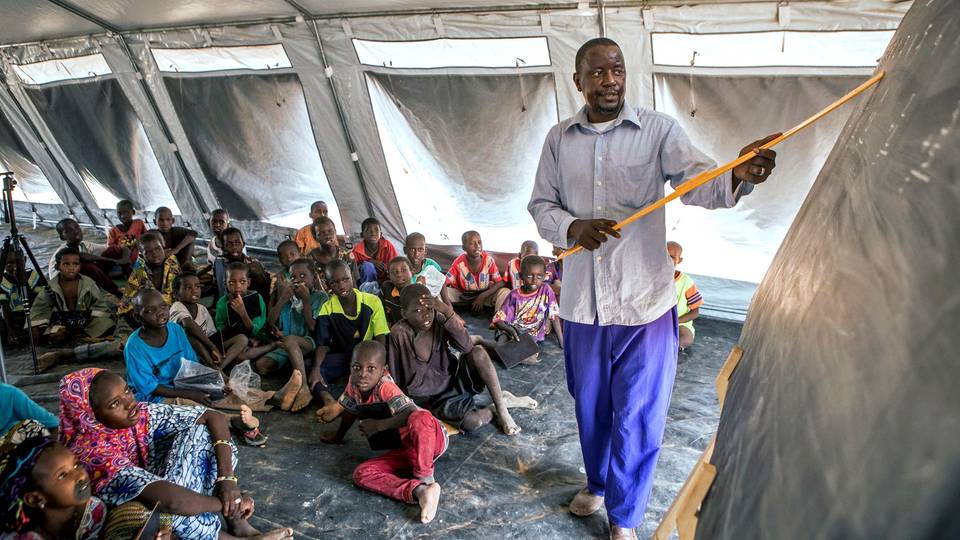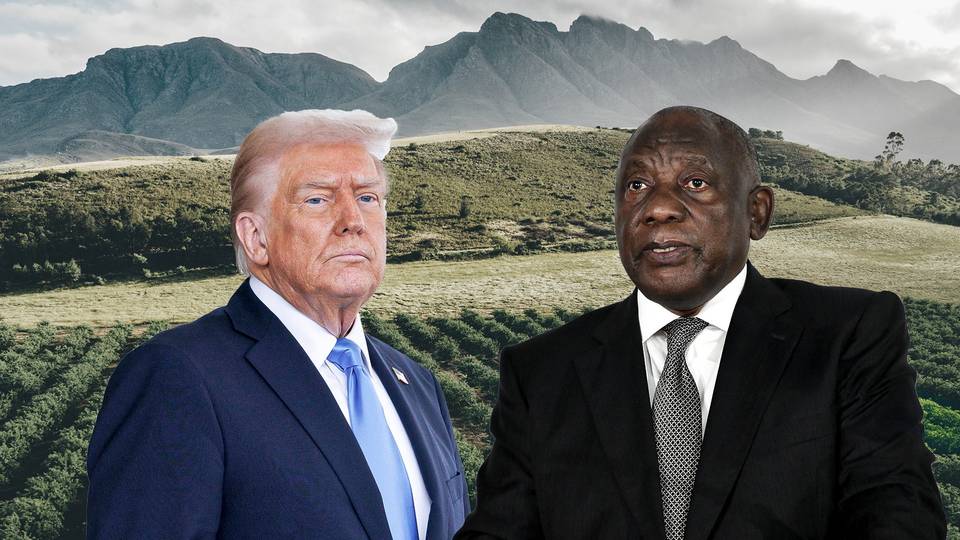Sport
Dollar
38,0695
-0.03 %Euro
43,4515
0.05 %Gram Gold
3.937,1800
-0.56 %Quarter Gold
6.538,3300
0 %Silver
39,1400
-0.95 %In the killing fields of Palestine, the Jewish state twists the narrative to escape accountability for its heinous actions against activists and journalists.

By Ahmet Yusuf Ozdemir
Everyone who has followed the 76 years of Israeli occupation of Palestine has their memories to relate to.
In that sense, Palestine went beyond more transnational solidarity, which manifests itself through protests organised on the streets, to engrave itself into the collective memory of the world.
Any talk of Palestine brings to mind not only the Palestinian flag or the traditional headdress called keffiyah, but actual images of people or scenes from an event.
Is it the iconic, black and white picture of Palestinian resistance fighter Leila Khaled with the keffiyah draped on her head and a Kalashnikov in her hand?
Or is it the grainy video of Palestinian leader Yasser Arafat's famous speech at the United Nations where he announced to thunderous applause, “Today I come bearing an olive branch and a freedom fighter's gun. Do not let the olive branch fall from my hand. I repeat. Do not let the olive branch fall from my hand.”
Grassroots resistance
As the resistance against the Israeli occupation became more grassroots throughout the years and turned into street protests, it became part of popular culture through photos or videos of children throwing stones against the most advanced tanks of the era.
For example, during the First Intifada that lasted six years (1987-93), eight-year-old Ramzi Aburadwan became the symbol of resistance.
At a time when the discussion about “post-heroic warfare” was on the rise, images of youth, rather than celebrities, became the new inspirations for the coming generations.
In the second Intifada, also known as Al Aqsa Intifada, the fate of two boys, Muhammad al-Durrah and Faris Odeh, shocked the world. Muhammad and his father, Jamal al-Durrah, were caught in the crossfire between Israel and Palestinian resistance in Gaza.
As his father was shouting and covering his son from the event, cameras showed 12-year-old Muhammad being killed. Similarly, 14-year-old Faris was shot by Israeli troops as he was throwing stones at a tank.
Years have passed since these incidents, but the black book of Israel has expanded even further and kept taking the lives of innocents, from 51-year-old Shireen Abu Akleh, a prominent Palestinian journalist, to six-year-old Hind Rajab, whose last recorded phone call was a heartbreaking call for help.
Israeli police attacked Abu Akleh’s funeral, and investigations on the car that Hind took cover showed that the Israeli army fired 335 rounds of bullets.
Unfortunately, the brutality hasn’t stopped there and has not only targeted Palestinians but also those who show solidarity with Palestinians as well.
Civilians from different parts of the world travelled to stand shoulder-to-shoulder with Palestinians. Some of them fell victim to Israeli aggression.
The most recent example of this was American-Turkish citizen 26-year-old Aysenur Ezgi Eygi. She was a member of the International Solidarity Movement (ISM), which has been active in Palestine since 2001.
Israeli soldiers killed Eygi on September 6 as she and her colleagues were protesting the Israeli occupation of the West Bank.
Eygi was not the first ISM activist killed by Israeli soldiers in Palestine. On the contrary, ISM made the headlines two years after it was established in 2003 when an Israeli armoured bulldozer killed 23-year-old American activist Rachel Corrie as she was protesting Israel’s demolition of Palestinian houses.
Is there anything that Israel does “intentionally”?
The over seven decades of history of occupation and resistance have been filled with these kinds of examples and even more.
Yet, as events and news stories change rapidly daily, Israel’s reactions to these events may be forgotten in the footnotes.
This was most evident in the aftermath of Eygi’s killing when the Israeli military and US President Joe Biden both argued that this was “an accident” and “it is highly likely that she was hit indirectly and unintentionally”.
This may come as a surprise to some, but it has become a policy of Israel to blame the victim for being in the “wrong place at the wrong time”.
In order to deviate from the question of systemic occupation, Israel puts immense effort into countering the narrative and fixating on a single person or a single event.
The killing of Muhammad al-Durrah is an example to be analysed as a case study of its own.
After initially owning responsibility, Israeli claims ranged from al Durrah being killed by bullets fired by Palestinians. They went even further to claim that the incident had been staged by Palestinian gunmen, a cameraman, and Muhammad's father.
In the case of Rachel Corrie, this policy continued.
An Israeli military spokesman described ISM activists as “a group of protesters who were acting very irresponsibly, putting everyone in danger — the Palestinians, themselves, and our forces — by intentionally placing themselves in a combat zone.”
Even though a bulldozer ran over Corrie, the driver claimed that he was unable to see that. Eventually, a judge in an Israel court, in reaction to a lawsuit filed by Corrie’s family, ruled that her death was “the result of an accident she brought upon herself”.
During times of genocide, Israel doesn’t back down from this policy.
The attack that took place on October 17 at the Al Ahli Arab Hospital was an important event on that matter.
Instead of allowing international investigation on the ground, Israel and, this time, its allies rushed to prove that the source of the “explosion” was not Israel but Palestinians by analysing the pictures from the scene.
Israel wants those who are following the events to believe the stories told by the Israeli side, whereas the Palestinian claims are only “fabrication”.
This leaves behind many questions, of course, such as which criticisms and crimes are worth investigating or whether there is any crime at all that Israel commits intentionally.
The author, Ahmet Yusuf Ozdemir is an Assistant Professor of Political Science and International Relations Department at Ibn Haldun University.
Disclaimer: The views expressed by the author do not necessarily reflect the opinions, viewpoints and editorial policies of TRT Afrika.
➤ Click here to follow our WhatsApp channel for more stories.
Comments
No comments Yet




















Comment